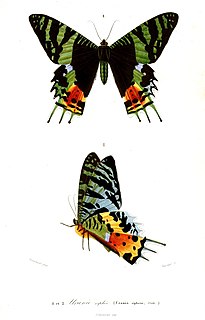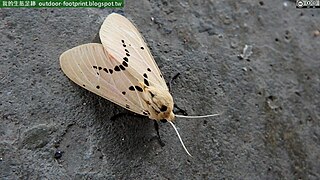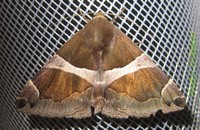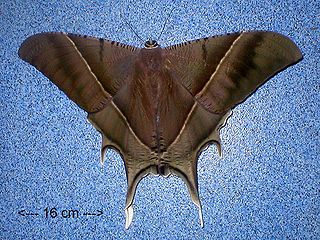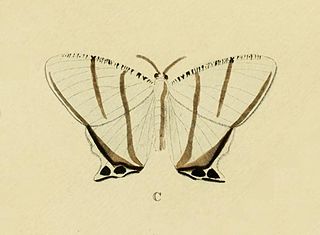| Uraniinae | |
|---|---|
 | |
| Urania leilus from South America | |
| Scientific classification | |
| Kingdom: | Animalia |
| Phylum: | Arthropoda |
| Class: | Insecta |
| Order: | Lepidoptera |
| Family: | Uraniidae |
| Subfamily: | Uraniinae Blanchard, 1845 |
| Genera | |
Alcides Contents | |
| Uraniinae phylogeny after Lees and Smith 1991 [1]
|
(2) Use Omphalea as a food plant
and adults are diurnal.
Urapterita is not included for lack of data.
The Uraniinae or uraniine moths are a subfamily of moths in the family Uraniidae. It contains seven genera that occur in the tropics of the world.
Three of its genera (Alcides, Chrysiridia, and Urania) are essentially diurnal, although some crepuscular activity has been recorded. They are blackish with markings in iridescent green or light blue; some species have orange, gold or pink highlights. They are as brightly marked as the most colorful butterflies; indeed, they bear an uncanny resemblance in shape and coloration to some papilionid butterflies (swallowtails and relatives). They are also usually toxic, hence the bright warning colors. Cases are known where harmless butterflies mimic these toxic moths, e.g. Papilio laglaizei and Alcides agathyrsus .
The remaining genera in the subfamily are far less colorful, overall gray-brown with a light band on each wing (Lyssa) or white with brownish markings (Cyphura, Urapteritra, and Urapteroides), and mainly nocturnal or crepuscular. Despite their relatively dull colors, Lyssa species are impressive because of their large size with a typical wingspan of 10–16 cm (3.9–6.3 in). No other species in the subfamily has a wingspan that exceeds 10 cm (3.9 in).





